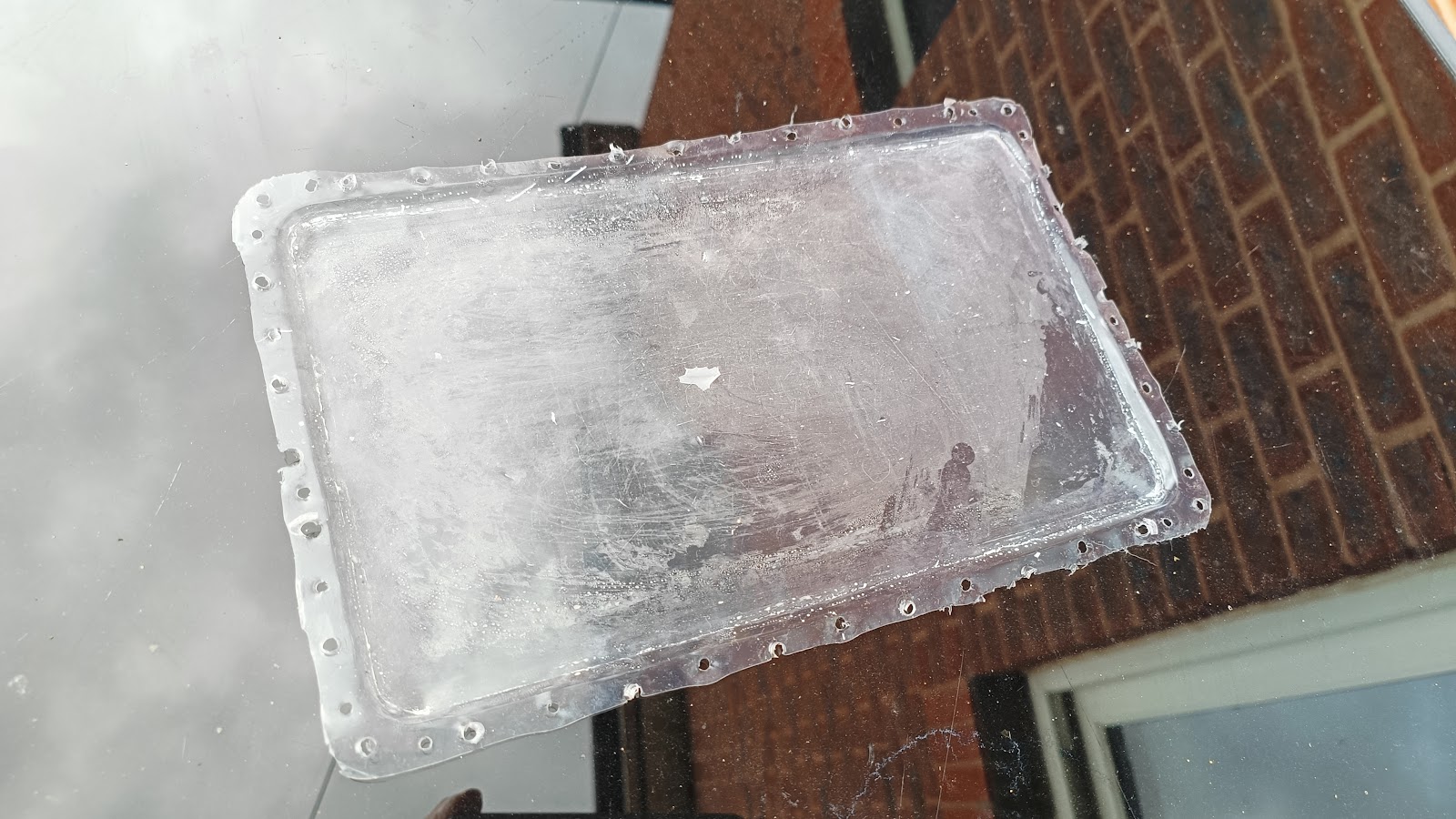Array modifier in Blender 5

Blender 5 came out about a week ago, and the noticeable difference for what I do is with the Array modifier. I think it is a big improvement, but there is still an "Array (Legacy)" option if you want to stick with the old (and when opening files made in earlier versions, they will still use the legacy version). The new version has more options, and options that were previously available, but hard to find or do have become much more accessible. For example, you can rotate and scale now. And to support this, the UI has handles on your object. So in this simple example, the basic cube is on the left, and the two generated by the modifier are centre and right. The first copy, in the centre, has handles you can use to move, rotate and scale that instance, and that gets applied to the modifier. The old version has a tickbox so you could turn off relative offset and turn on absolute offset. They have realised no one does both in the same modifier, so now we have radio buttons for th...





